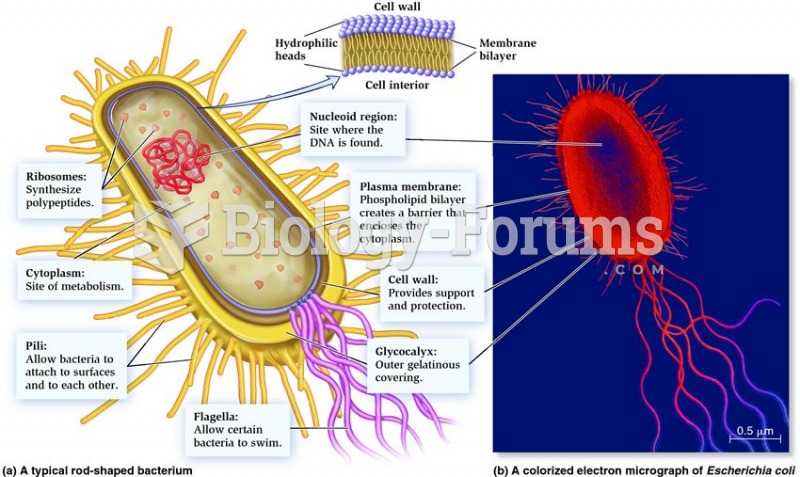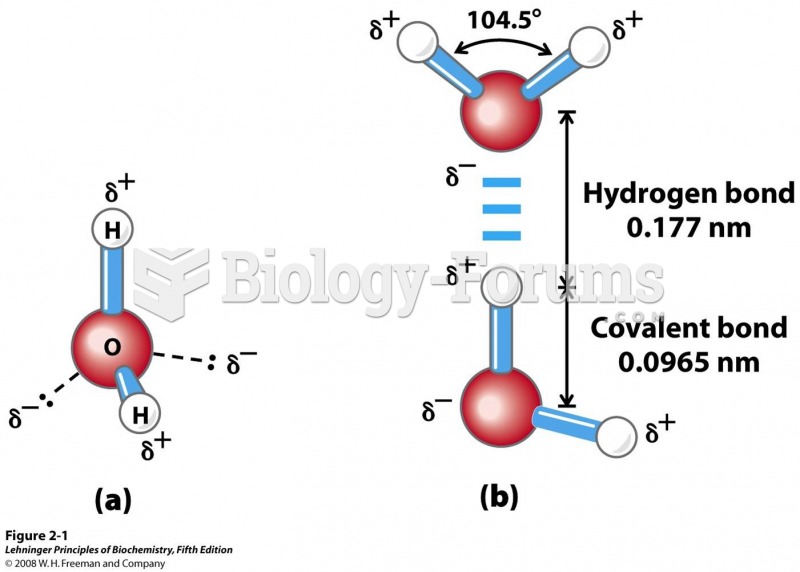|
|
|
Did you know?
There are 60,000 miles of blood vessels in every adult human.
Did you know?
Famous people who died from poisoning or drug overdose include, Adolf Hitler, Socrates, Juan Ponce de Leon, Marilyn Monroe, Judy Garland, and John Belushi.
Did you know?
On average, the stomach produces 2 L of hydrochloric acid per day.
Did you know?
IgA antibodies protect body surfaces exposed to outside foreign substances. IgG antibodies are found in all body fluids. IgM antibodies are the first type of antibody made in response to an infection. IgE antibody levels are often high in people with allergies. IgD antibodies are found in tissues lining the abdomen and chest.
Did you know?
Cytomegalovirus affects nearly the same amount of newborns every year as Down syndrome.







